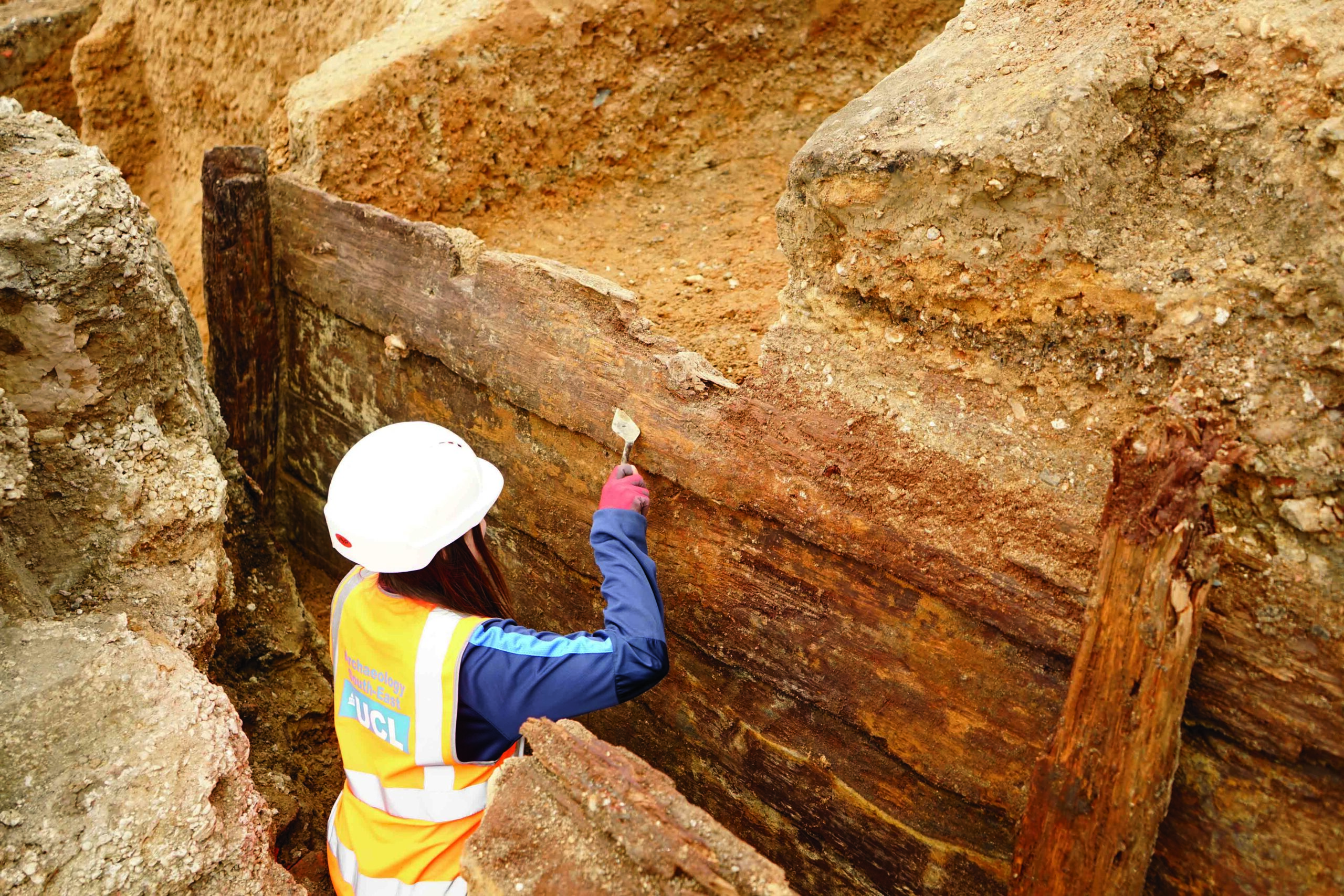DUNEDIN, NEW ZEALAND—According to a statement from the University of Otago, bioarchaeologists working on human remains from a 7,000-year-old hunter-gatherer site in Vietnam have found evidence that malaria afflicted human populations earlier than was previously known. The spread of malaria among humans has long been linked to the development of farming and the introduction of irrigation and slash and burn agriculture, both of which created new breeding grounds of stagnant water for the mosquitoes that carry the infectious disease. This new research, however, indicates that in at least Southeast Asia the disease predates the advent of agriculture, said University of Otago bioarchaeologist Melandri Vlok. She led a team that found some of the bones from the Vietnamese site bore microscopic evidence of thalassemia, an inherited blood disorder that provides resistance to malaria and is thought to have become prevalent in humans as an adaptive response to the disease. The team’s findings show that people in Southeast Asia were likely suffering from malaria well before they gave up their hunter-gatherer lifestyle. For more on skeletal evidence of ancient maladies go to “Dawn of a Disease.”
Tracking the Origins of Malaria
News March 16, 2021
Recommended Articles
Digs & Discoveries September/October 2019
Home on the Plains
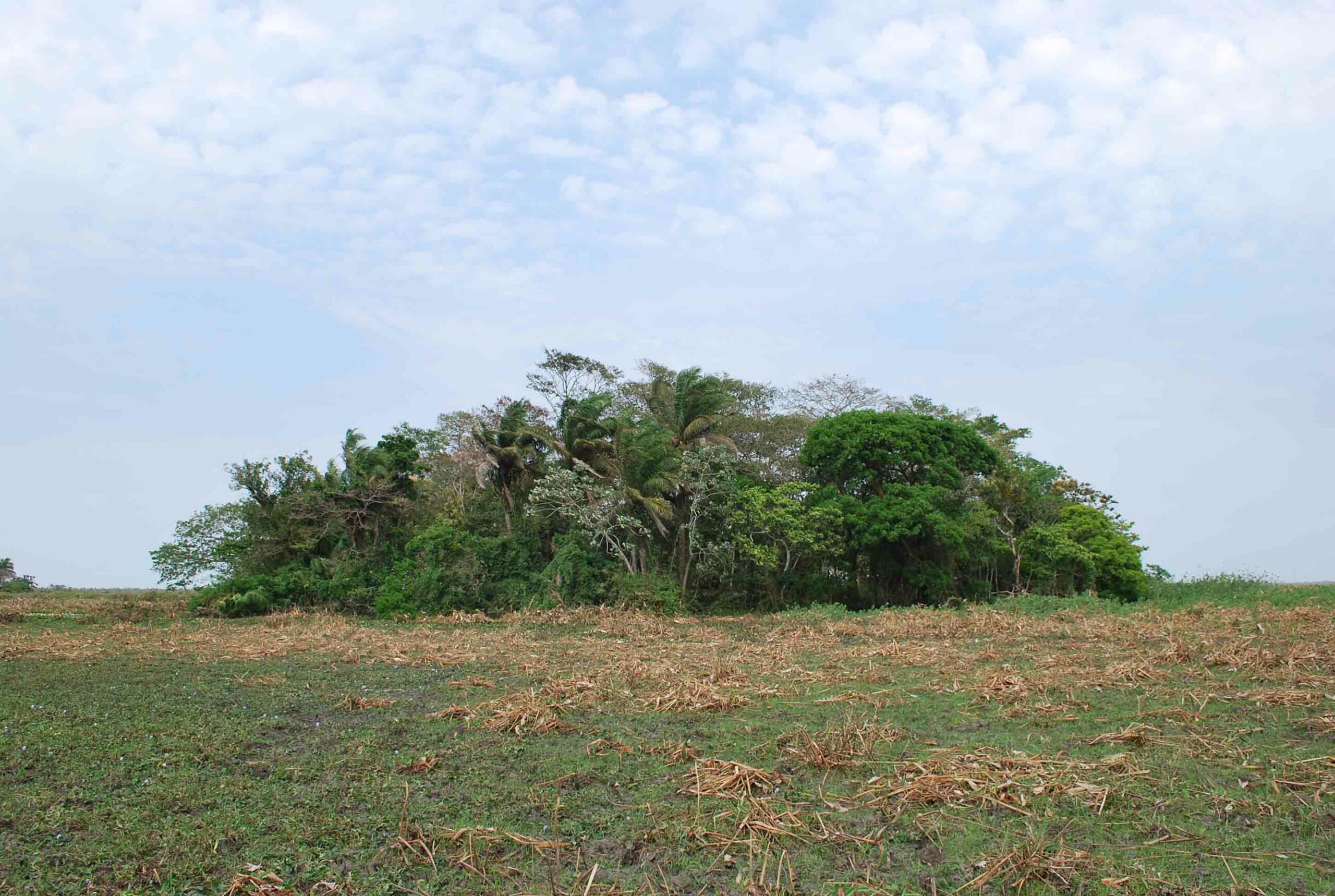
Letter From the Philippines May/June 2018
One Grain at a Time
Archaeologists uncover evidence suggesting rice terraces helped the Ifugao resist Spanish colonization

Off the Grid November/December 2025
Bighorn Medicine Wheel, Wyoming
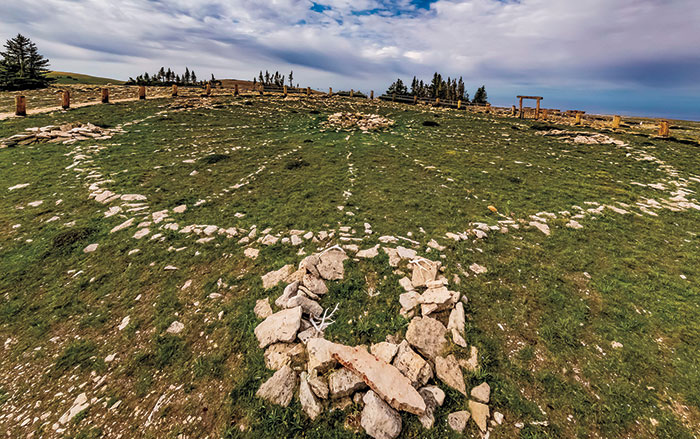
Letter from Mongolia November/December 2025
Building the Black City
Why the nomads of the Uighur Empire constructed a medieval urban center like no other
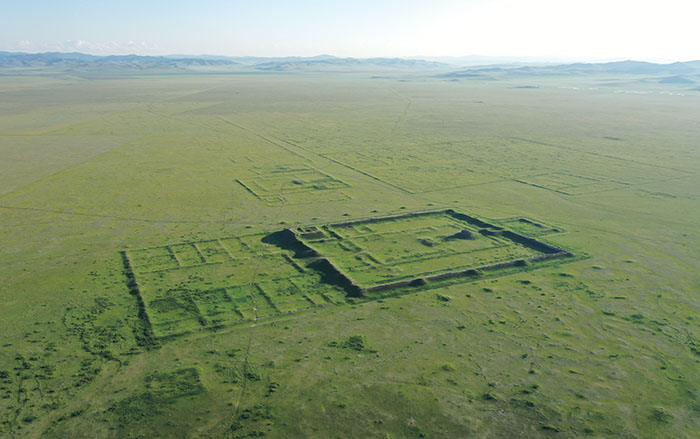
-
 (Pasquale Sorrentino)
(Pasquale Sorrentino) -
Features January/February 2021
Return to the River
Members of Virginia’s Rappahannock tribe are at work with archaeologists to document the landscape they call home
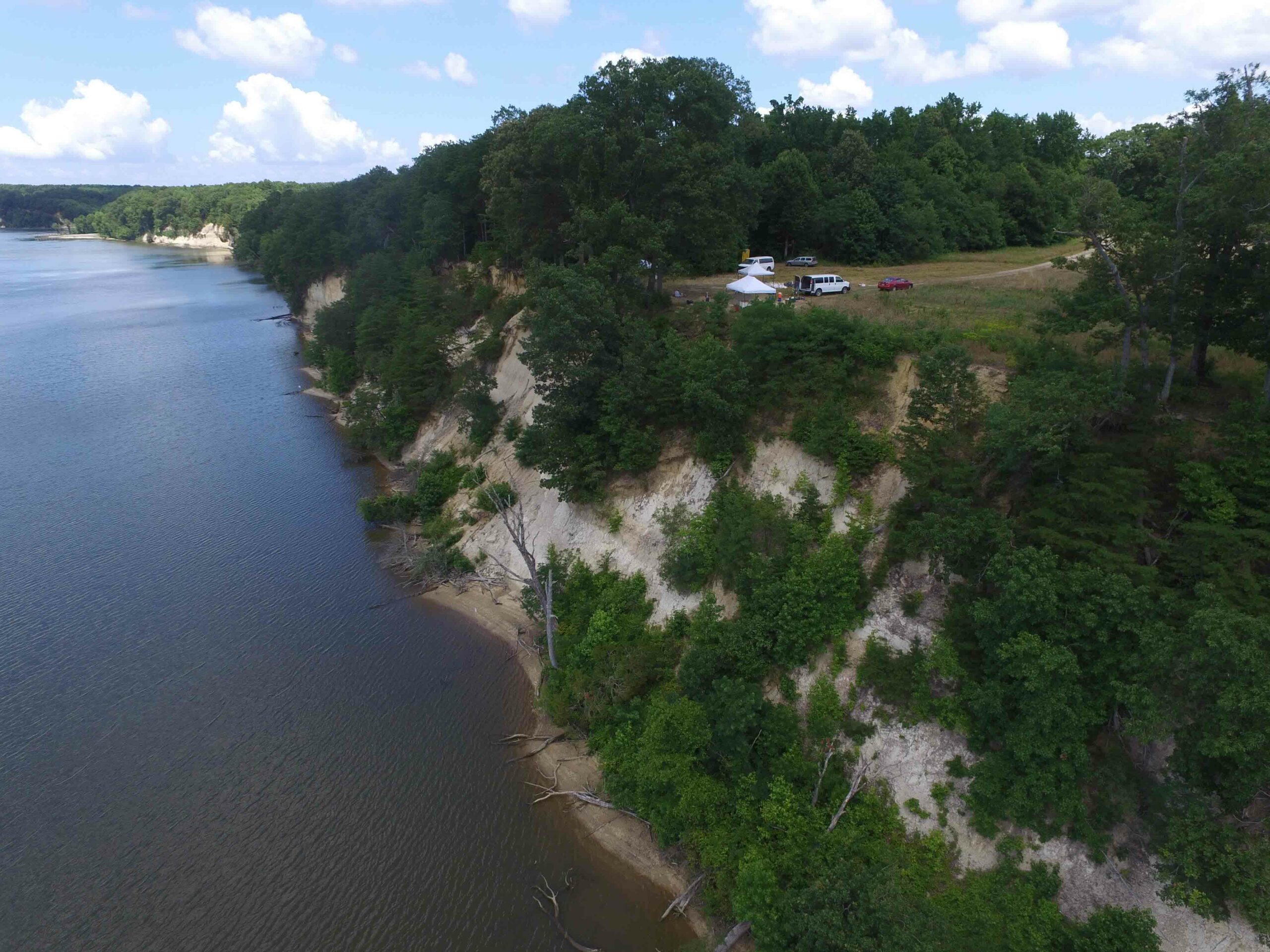 (Courtesy Julia King)
(Courtesy Julia King) -
Letter from Woodhenge January/February 2021
Stonehenge's Continental Cousin
A 4,000-year-old ringed sanctuary reveals a German village’s surprising connections with Britain
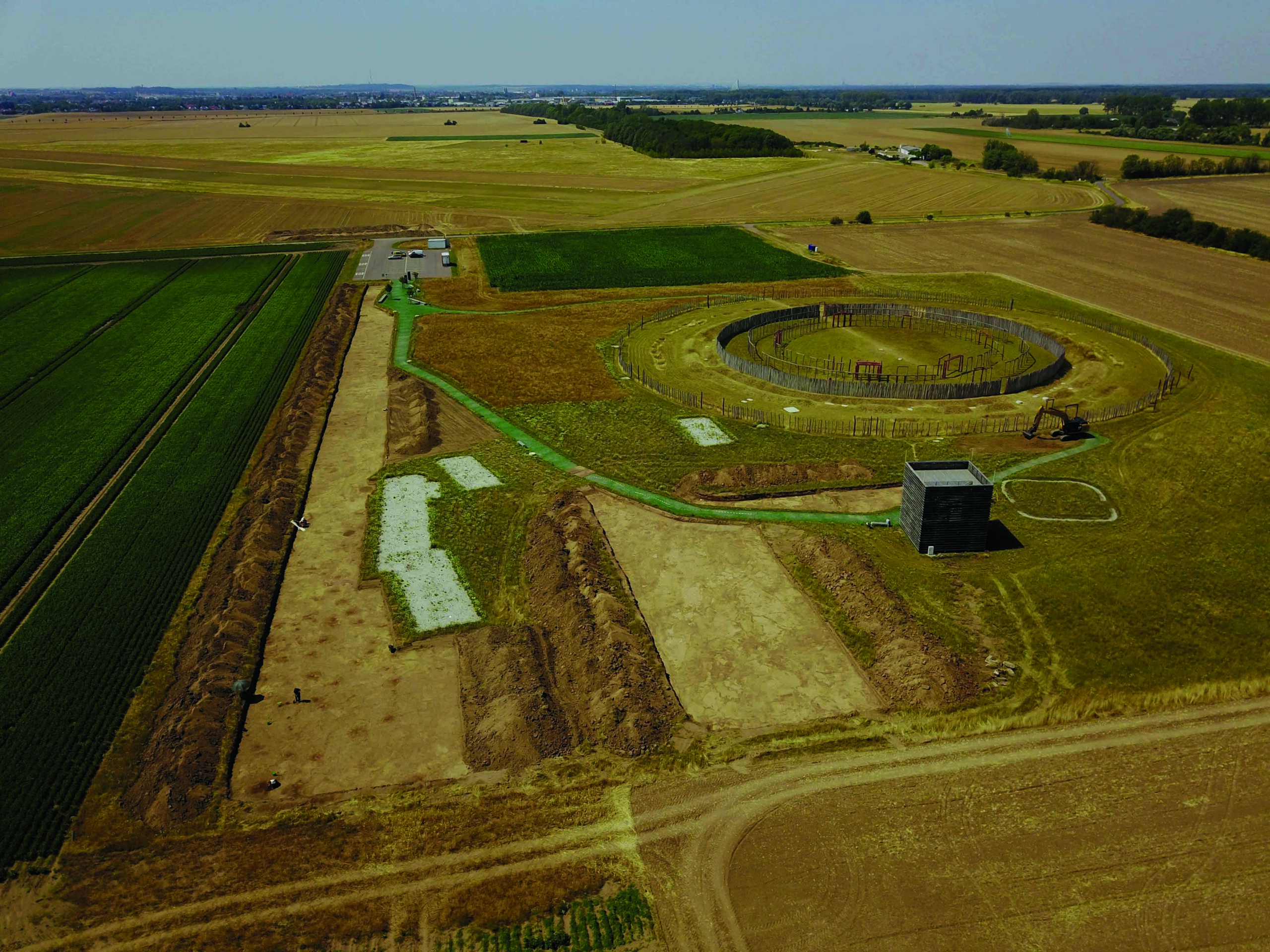 (Photo Matthias Zirn)
(Photo Matthias Zirn) -
Artifacts January/February 2021
Inca Box with Votive Offerings
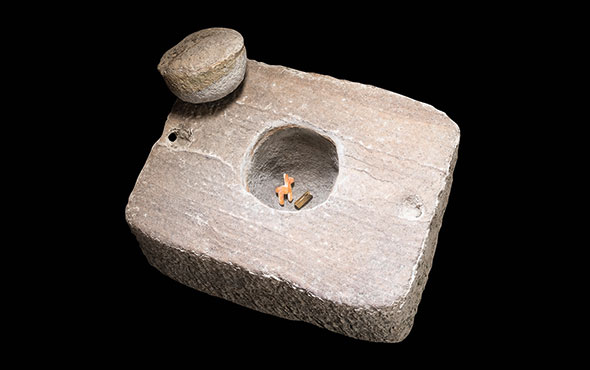 (Courtesy Teddy Seguin/Université Libre de Bruxelles)
(Courtesy Teddy Seguin/Université Libre de Bruxelles)


